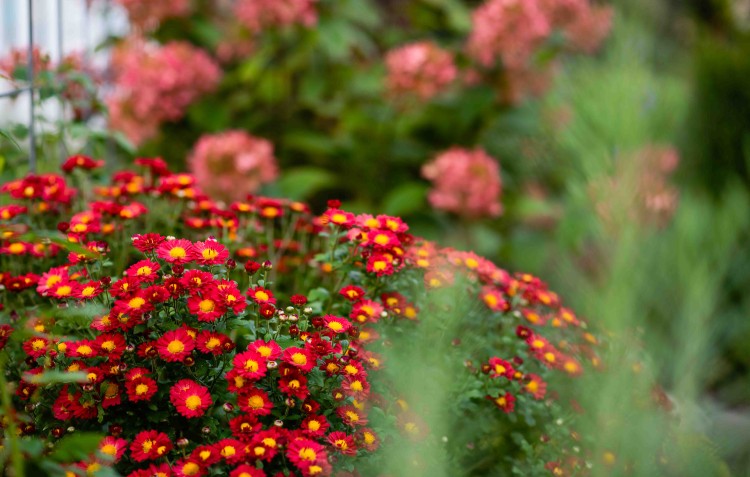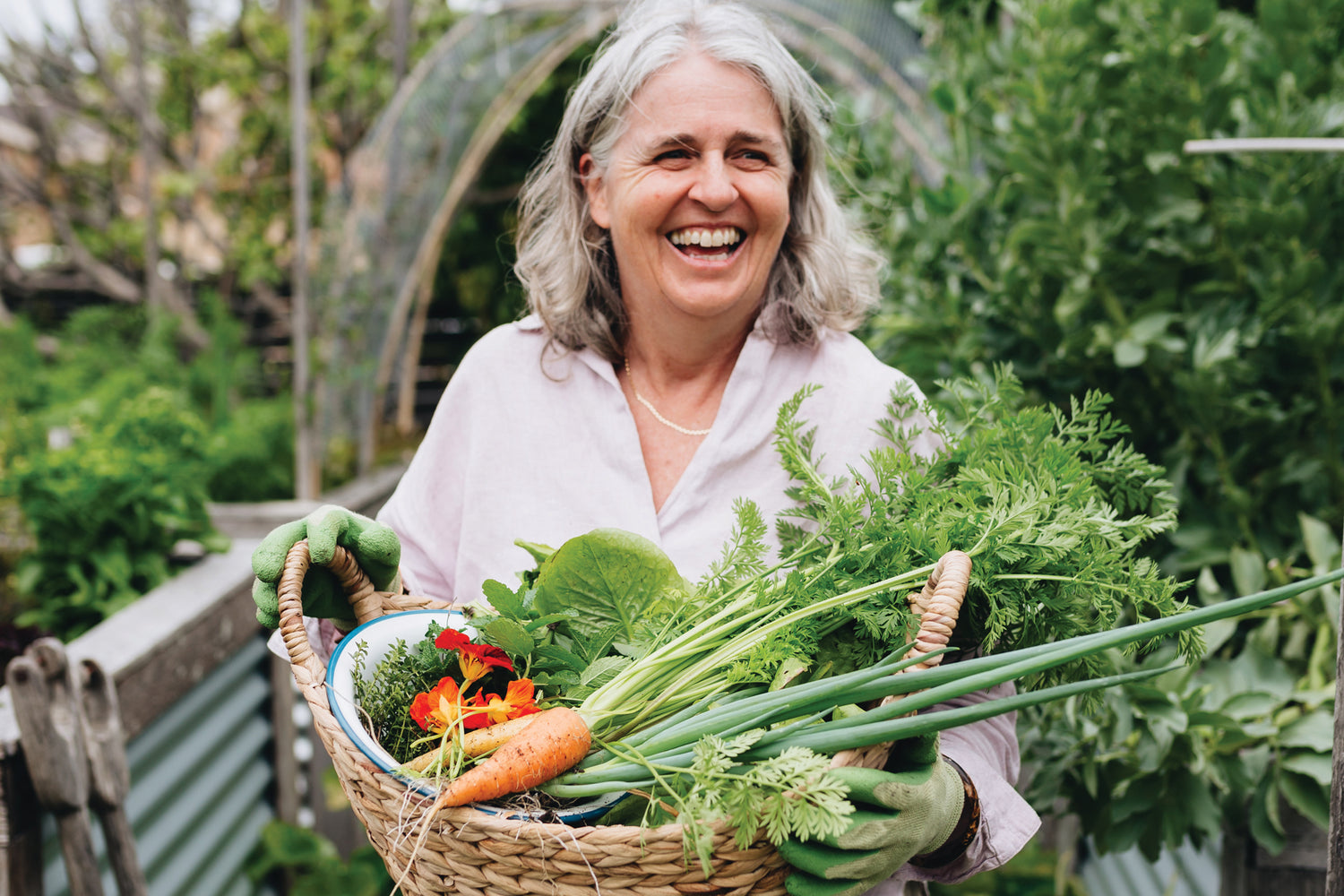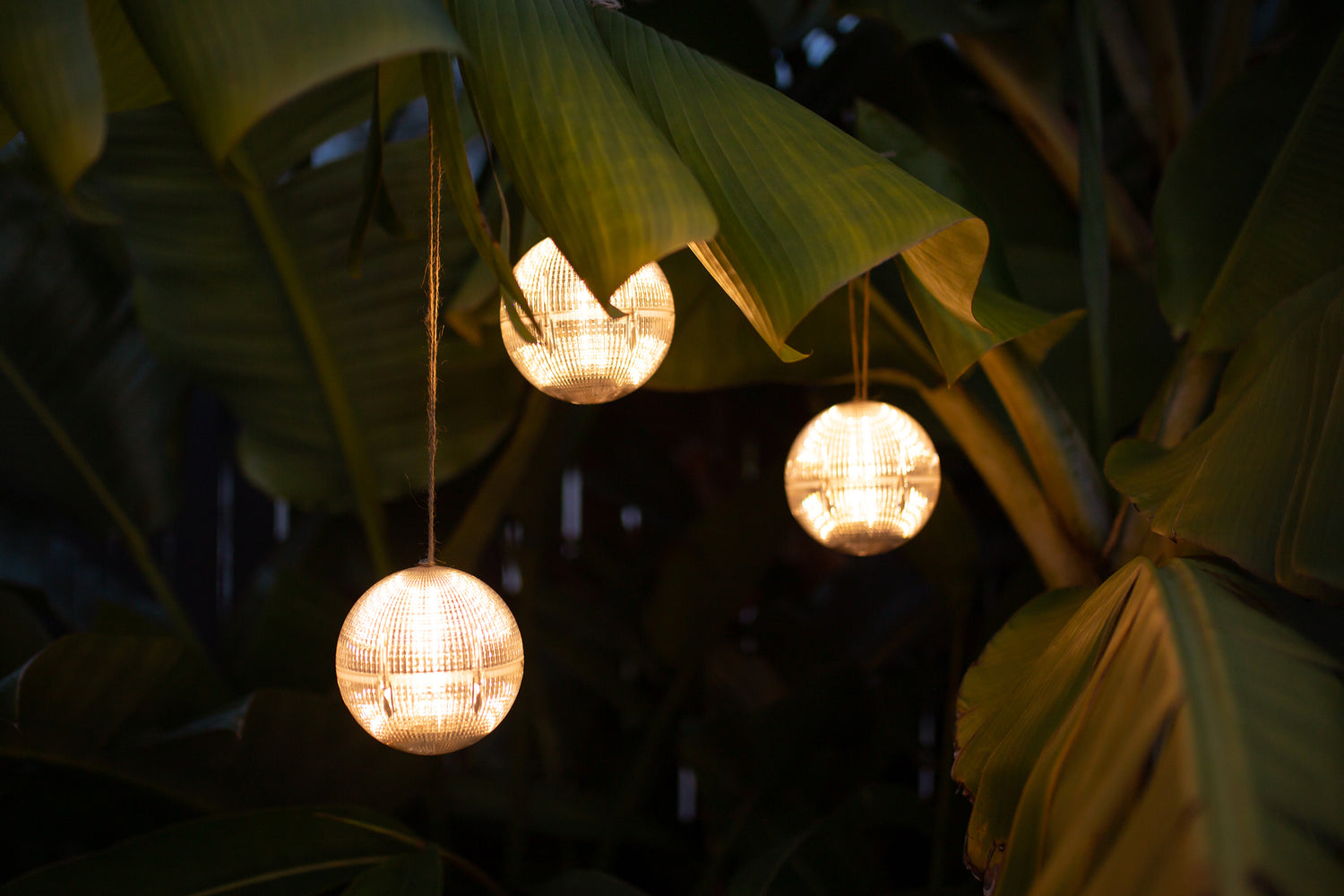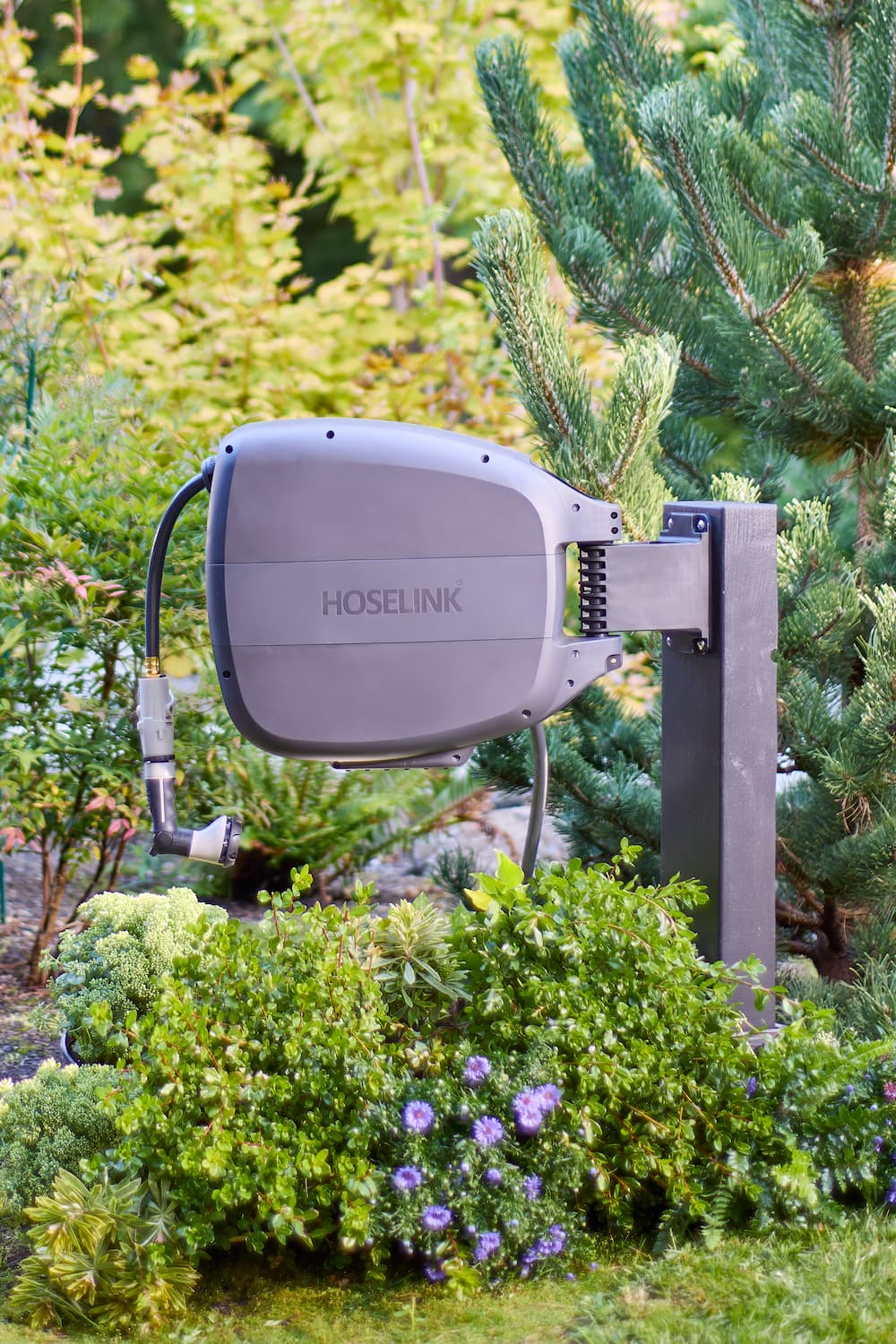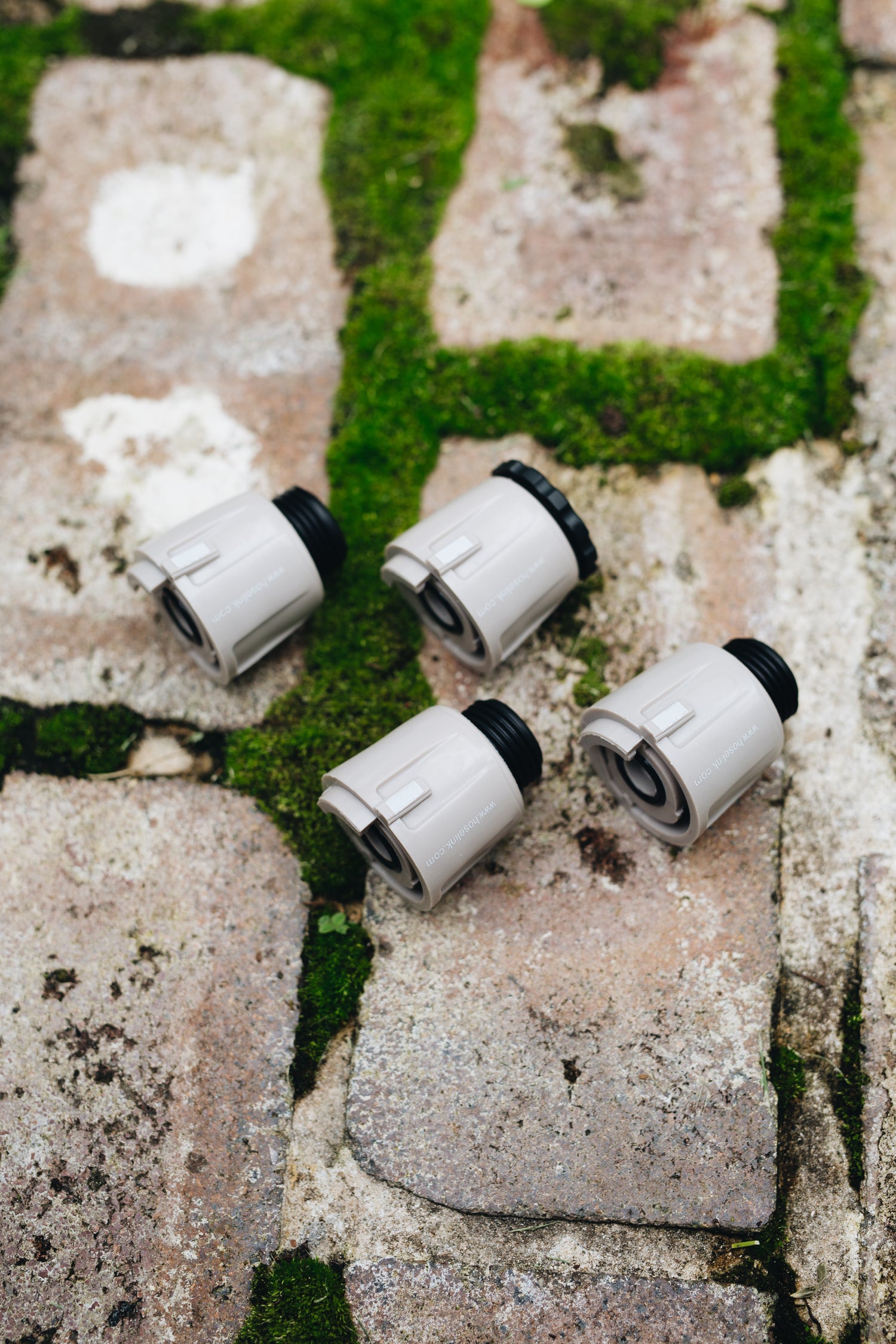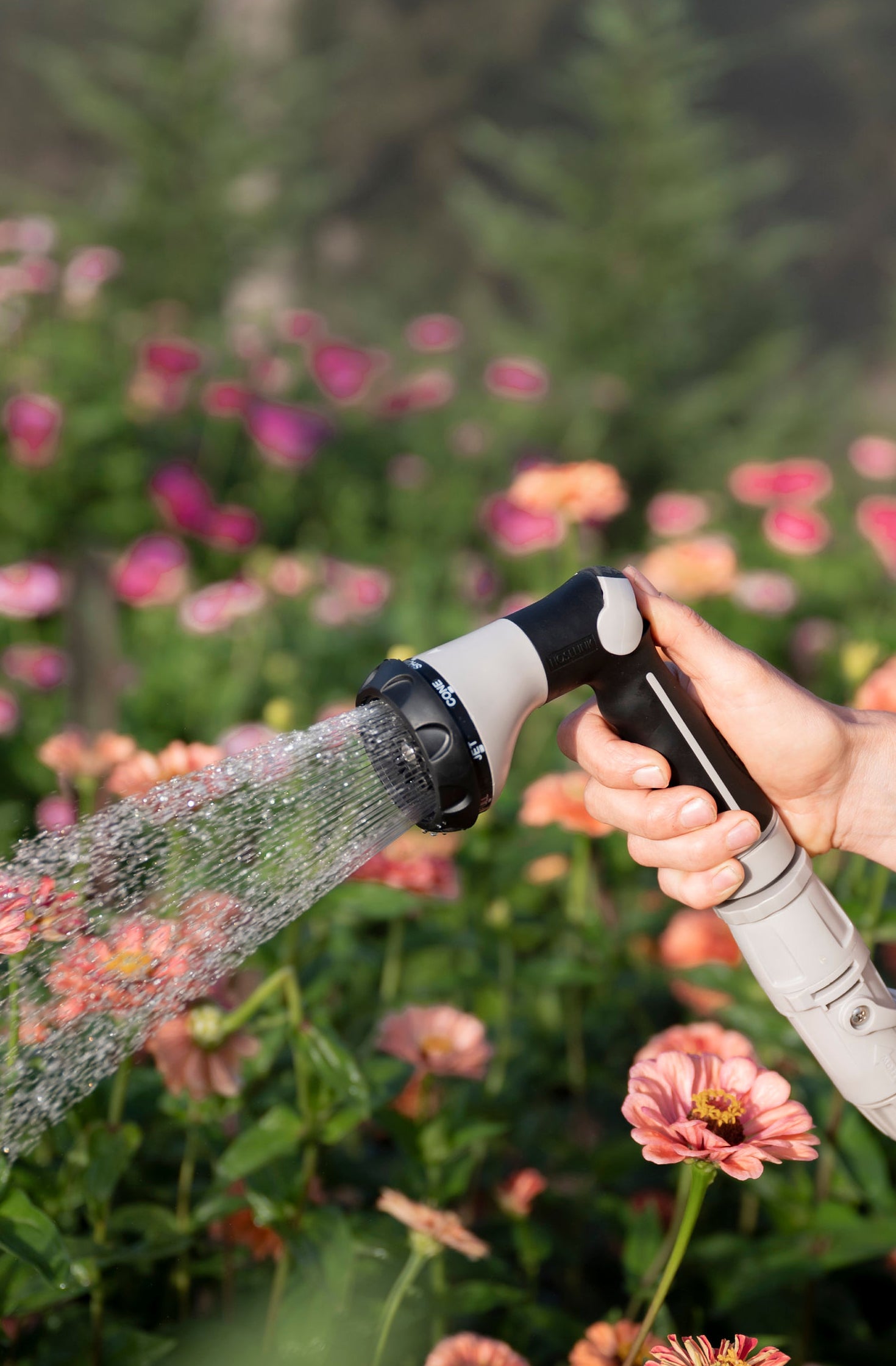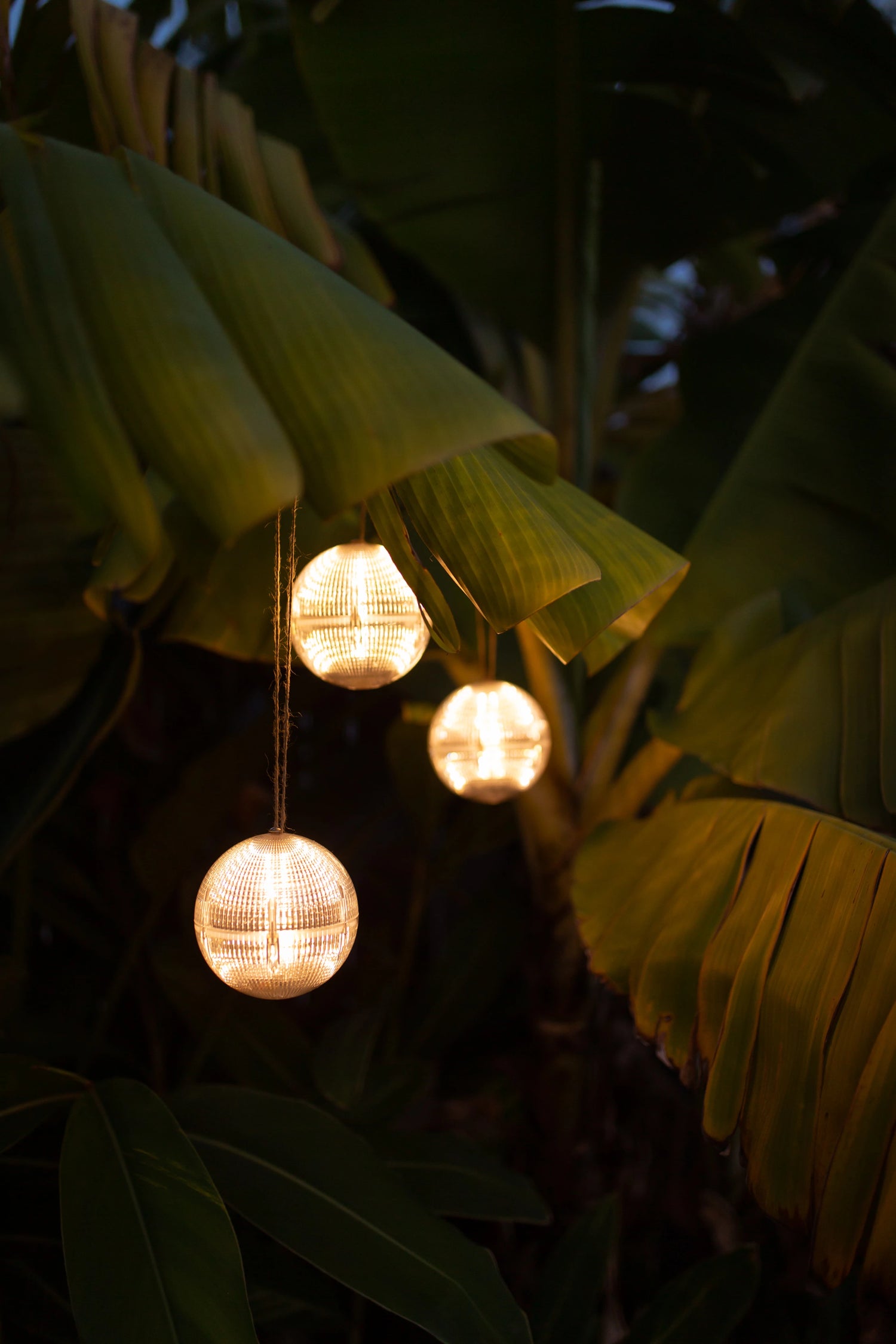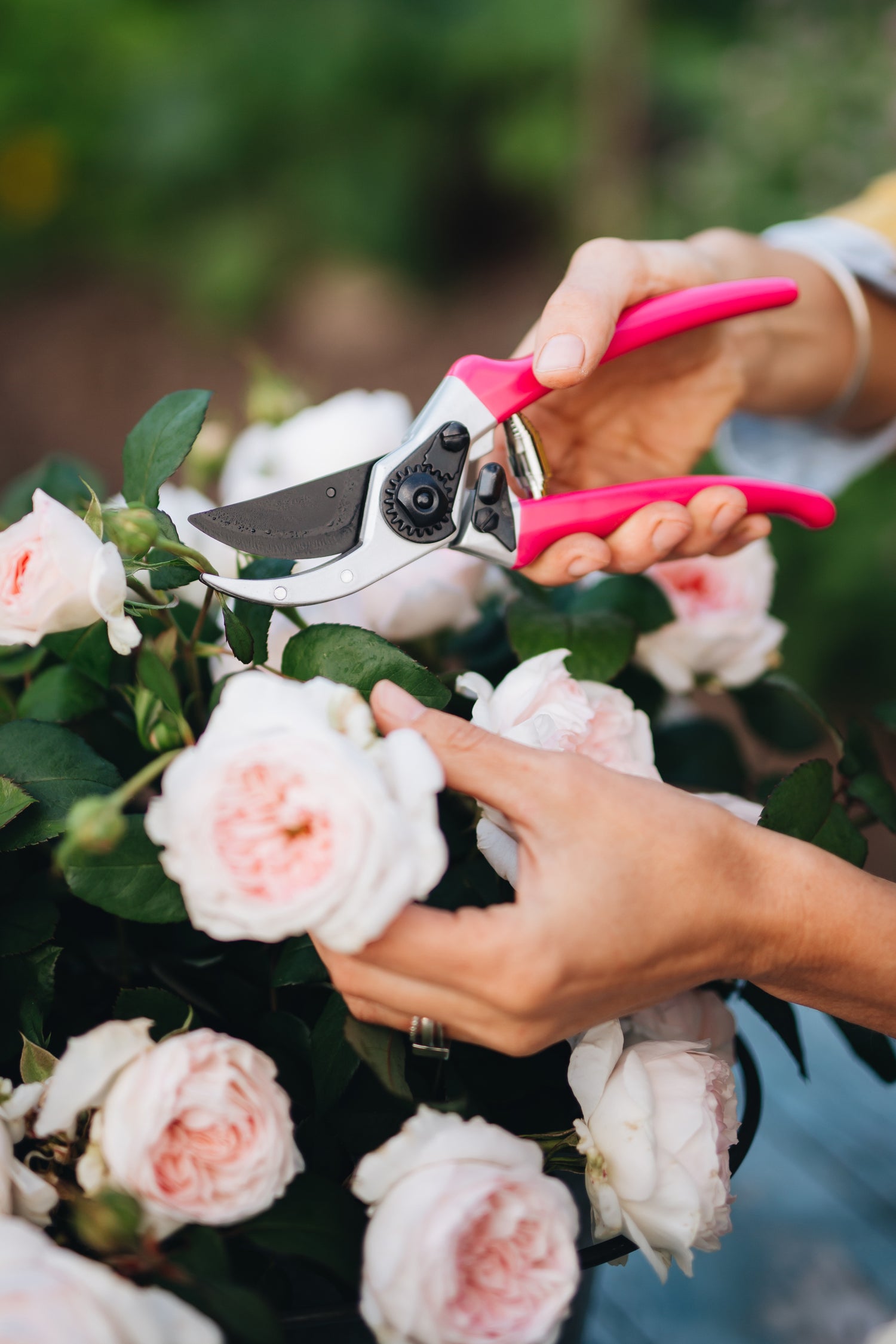September is here, and with it comes cooler temps, pumpkin-cinnamon drinks, golden leaves, and the perfect time to prep your garden for the fall and winter months ahead. Whether you’re a seasoned green thumb or just getting started, here are some fun and easy tasks to tackle this month in your zone 5-7 garden.
What am I planting? Out with the Annuals, In with the Fall Plants
Summer annuals like petunias, rudbeckias, cannas, marigolds, and zinnias might have been the stars of your garden from spring through summer, but now it’s time for them to make way for fall’s charm. Carefully pull out these spent plants, making sure to remove their root systems completely to avoid any potential diseases or pests lingering in the soil.
Tip: Compost the healthy plant material to enrich your garden’s soil, but be cautious with diseased plants—dispose of them properly to prevent spreading any issues.

Add Some Fall Flair
Now that your garden beds are cleared, it’s time to infuse some autumnal colors and textures. Consider planting fall favorites like mums, ornamental kale, and pansies. These plants not only add vibrant colors to your garden but also thrive in the cooler temperatures of fall.
- Mums (Chrysanthemums): These are a classic fall staple. Choose from a variety of colors and sizes to create a stunning display. They’re hardy and can handle the dropping temperatures.
- Ornamental Kale: This plant adds a unique, ruffled texture and can range in color from green to purple. It’s also frost-tolerant, making it perfect for fall.
- Pansies: Pansies are great for adding cheerful color. They can survive light frosts and often continue blooming well into winter.
Plant Cool-Season Veggies
If you’re into edible gardening, consider planting some cool-season veggies as well. Kale, spinach, and lettuce are excellent choices that will grow well in the cooler temperatures and provide you with fresh greens through fall and even into winter.
Tip: Use row covers or cloches to protect these veggies from early frosts and extend their growing season.
Transition Gradually
If you’re not ready to say goodbye to summer just yet, you don’t have to overhaul everything at once. Gradually introduce fall plants alongside your remaining summer annuals. This creates a blended look that smoothly transitions your garden from summer to fall.
Tip: Adding fall-themed containers or window boxes filled with seasonal plants can be an easy and stylish way to update your garden without a complete overhaul.

What am I harvesting? Time to Save the Seeds
If you’ve grown any heirloom veggies or flowers, now’s the perfect time to save seeds for next year. Snip off dried seed heads from flowers like zinnias, marigolds, or sunflowers, and collect seeds from beans, tomatoes, or peppers. Store them in a cool, dry place for spring planting.
Not sure if you can save seeds from that beautiful plant that WOWed you during the summer? This is the perfect opportunity for you to experiment, save the seeds, tag them and be surprised by whatever color/shape of flower you get next year, who knows?! You may be starting your own variety for future years to come.
Tip: Use little paper envelopes or old spice jars to store seeds. Label them so you don’t forget what they are!
Taking Notes: What Worked, What Didn’t?
Before you forget, take a few minutes to write down what worked well in your garden and what didn’t. Did a certain plant flourish in the shade or struggle in the heat? Did you love the color combo in one of your flower beds? Taking notes now will help you plan better for next season and avoid any gardening frustrations next year.
Tip: Keep a garden journal or use your phone’s notes app to jot down your thoughts—it doesn’t have to be fancy!
What else am I doing around the garden?
September is the perfect time to give your garden a fresh start for the coming cooler months. After a long, hot summer, things are bound to look a bit tired, but a little cleanup can go a long way in getting everything back in shape.
Start by walking through your garden and evaluating what needs to go. Many of your summer plants are likely on their last leg, so it’s a good time to remove dead or dying plants. Pull out those dried-up tomatoes, cucumbers, and sunflowers, along with any other annuals that have run their course. Not only does removing spent plants tidy up your space, but it also helps prevent pests and diseases from hanging around. Plants that have been stressed from summer heat are more likely to attract unwanted insects or develop fungal problems, so pulling them out sooner rather than later is key.
Once you’ve removed the old plants, give your beds a good weed. Weeds are still growing strong in early fall, and if you don’t catch them now, they’ll continue to grow and spread, stealing nutrients from your fall crops. Dig them out by the roots to ensure they don’t come back next season.

As you go, keep an eye out for any plant debris lying around. Fallen leaves, dead flower heads, and branches may seem harmless, but they can harbor pests and diseases. Rake them up and either compost them (if they’re healthy) or dispose of them if they show signs of disease.
Cleaning doesn’t just stop with the plants—your tools and containers need attention too! Garden tools can collect dirt, plant sap, and even pathogens. Take a few minutes to scrub down your tools with soapy water, dry them thoroughly, and store them away to prevent rust. The same goes for pots and containers. Clean out any old soil and give them a rinse so they’re ready for next year.
With everything cleaned up, your garden will look refreshed, and you’ll be giving your plants a healthy, pest-free environment to thrive through winter and into next spring. Plus, a clean garden space is much more inviting when it’s time to start planting your fall veggies or setting out your ornamental mums!
Spring planning…already?!
It’s time to start thinking about next spring’s blooms! Ordering tulip and daffodil bulbs now ensures you get the best selection. These bulbs need to be planted in October or November (And here in Indiana you are good even thru December) but it’s a good idea to snag your favorites before they sell out, believe me… they will!.
Tip: Go for a mix of early and late-blooming tulips and daffodils for a long-lasting spring show!
With a little bit of tidying up, some strategic planting, and a sprinkle of autumn magic, your garden will be ready to embrace fall in style. As you sip on a cozy pumpkin spice latte and watch the leaves turn golden, you’ll know your garden is just as ready for the season as you are.
Remember, gardening is a journey, and each season brings its own charm and challenges. Enjoy the process, revel in your fall transformations, and don’t forget to share your garden’s glow with friends and family. Here’s to a vibrant, bountiful fall garden that’s as beautiful as a crisp autumn sunset!
Happy gardening, and may your fall be as fabulous as your garden!
If you enjoyed this blog and would like to see more from Roxana, you can visit her YouTube channel via this link:

